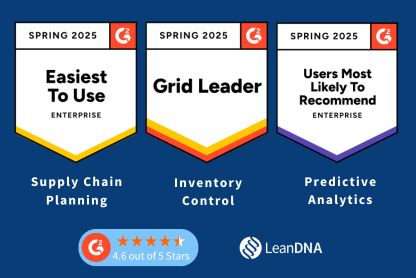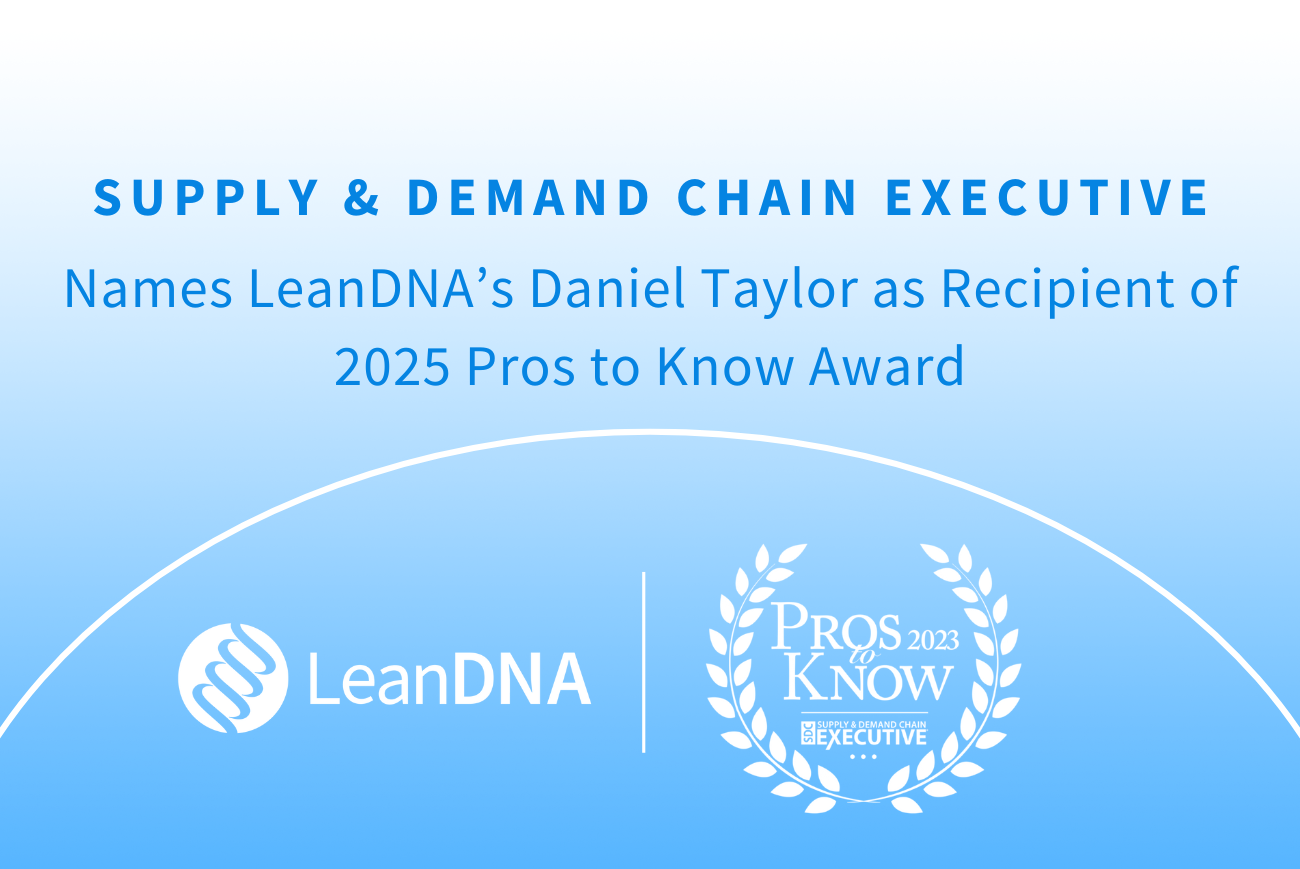Mitigating Supply Chain Risks and Building Resilience
Welcome to Chapter 4 of our latest eBook Factory Forward: Navigating Next-Gen Supply Chain Operations. This ebook serves as a comprehensive guide to navigating the complexities of modern supply chains, drawing insights from real-world case studies and recent research. We've been releasing 1 chapter of the eBook each week, and next week we'll share the final chapter. If you can't wait that long, we can't blame you. Click here to download the full eBook today.
Supply chain disruptions are more than just obstacles; they test the resilience of global supply networks. In response, a majority of executives are taking steps to strengthen their supply chains, highlighting resilience as crucial for future uncertainties. The goal is complex—balancing preparedness with minimizing excess inventory reflects a significant shift towards adaptability.
Compounding the issue, 92% of supply chain executives admit to often making decisions in the dark due to a lack of predictive insights. This highlights an imperative need for strategies that utilize technology to enhance agility and cultivate strong partnerships, building supply chains that are not just robust but also efficient, responsive, and in tune with the ever-changing global market demands.

What can you do?
Implement Risk Management Framework: Develop a comprehensive risk management framework to identify, assess, prioritize, and mitigate supply chain risks. Leverage technology solutions to monitor supply chain performance in real-time, identify potential disruptions and trigger proactive risk mitigation measures.
Implement Predictive Analytics: This approach empowers leaders with the foresight necessary for proactive, rather than reactive, maneuvering amidst the uncertainties of supply chain dynamics.
Implement a Clear-to-Build approach: This method ensures that all necessary components are available before production commences, significantly reducing the risk of delays and disruptions. By implementing a clear-to-build system, companies can enhance their ability to respond swiftly and efficiently to changes in demand and supply chain dynamics.
Safran Seats GB: A Case Study in Transformation
Safran Seats GB, a leading aerospace and defense manufacturer, faced significant challenges in managing supply chain risks and disruptions. Struggling with critical shortages and excess inventory, the company sought a solution to streamline its operations and enhance its resilience against unforeseen disruptions.
In partnership with LeanDNA, Safran Seats GB achieved a significant transformation, reducing its inventory by 36% in just three months. This improvement was pivotal, not just for optimizing inventory levels but also for bolstering the company’s ability to respond to supply chain challenges with agility. By reducing reliance on manual processes and improving data accuracy, the Safran strengthened its position in the competitive aerospace and defense sector.

For a detailed analysis of the supply chain insights presented in this chapter, read the Supply Chain Readiness Index research study, conducted by Wakefield Research on behalf of LeanDNA. The research provides valuable insights from 250 supply chain executives, key findings, and actionable recommendations to help organizations navigate the challenges and opportunities of the modern supply chain landscape.
Click here to download the full eBook. Ready to see LeanDNA in action? Click here to schedule a demo.



